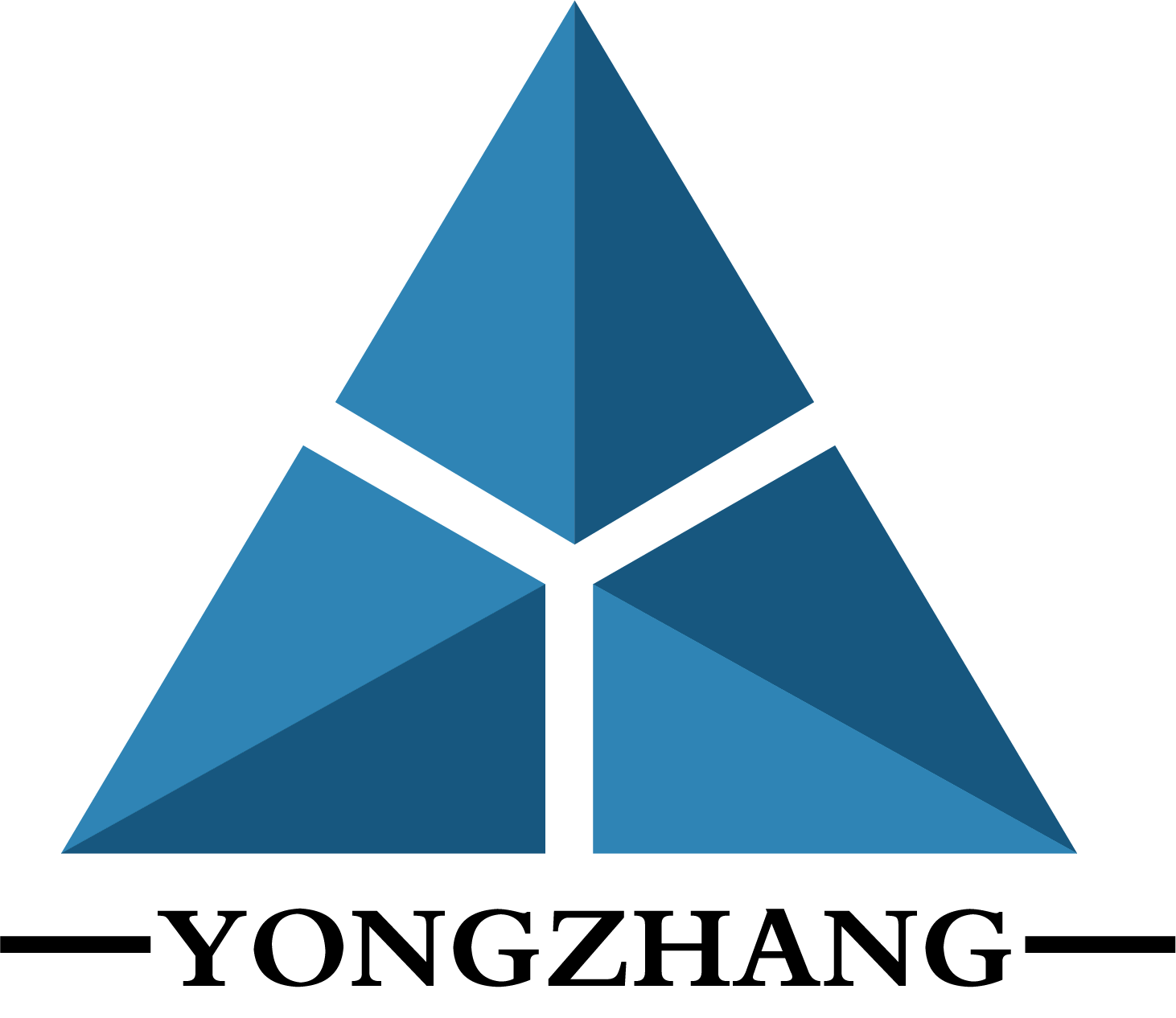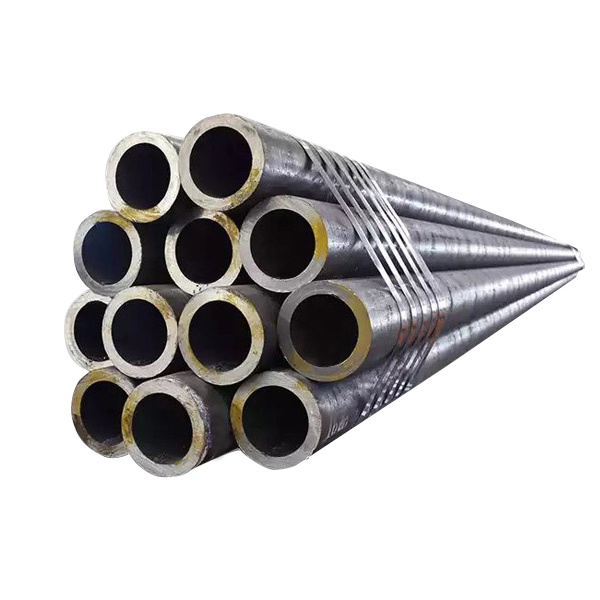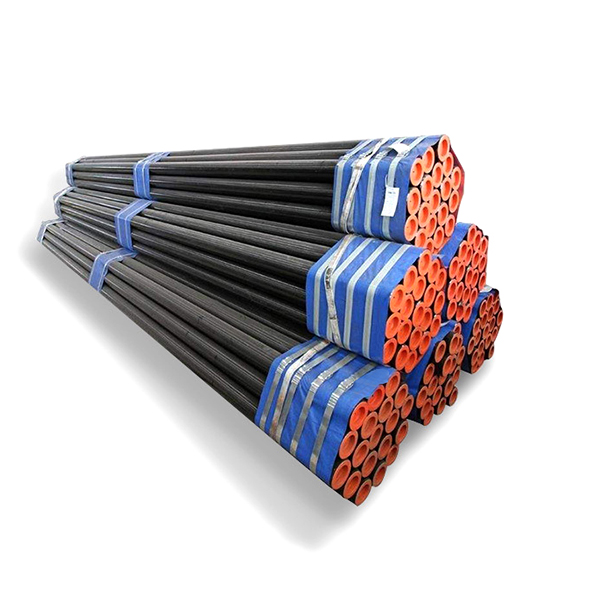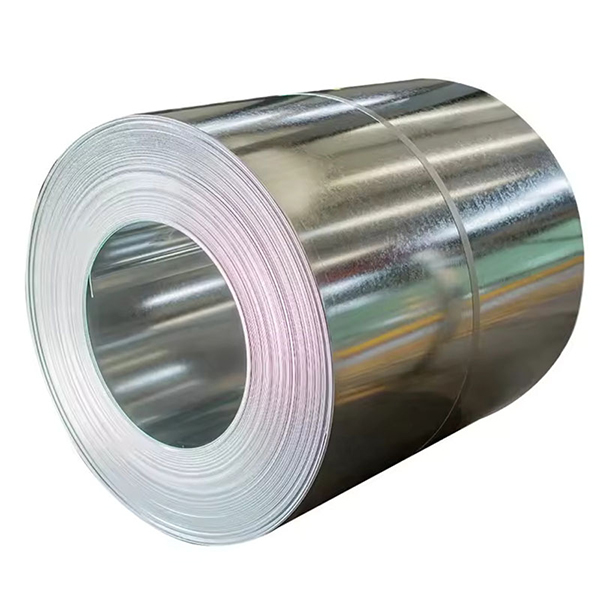The difference between galvanized steel sheets and cold-rolled steel sheets
I. Galvanized steel sheet: Galvanized sheet refers to a steel sheet with a layer of zinc on its surface. Galvanization is an often adopted economical and effective rust prevention method, which prevents the surface of the steel sheet from corrosion and prolongs its service life.
Classification of galvanized steel sheets:
① Hot-dip galvanized steel sheet. This is a thin steel sheet that is immersed in a molten zinc bath, resulting in a thin layer of zinc adhering to its surface. Currently, this is mainly produced using the continuous galvanizing process, where rolled steel sheets are continuously immersed in a molten zinc bath to create galvanized steel sheets.
② Alloyed galvanized steel sheet. This steel sheet is also manufactured using the hot-dip method, but after exiting the bath, it is immediately heated to around 500°C to form an alloy film of zinc and iron. This type of galvanized sheet has excellent adhesion to coatings and weldability.
③ Electro-galvanized steel sheet. Manufacturing this type of galvanized steel sheet using electroplating methods has good processing properties. However, the coating is thinner and its corrosion resistance is not as good as that of the hot-dip galvanized steel sheet. It is mainly used in household appliances, computer case exteriors, some door panels and panels.
④ Single-sided galvanized and double-sided differential galvanized steel sheet. Single-sided galvanized steel sheet, which is a product with only one side galvanized. In terms of welding, coating, rust prevention treatment, and processing, it has better adaptability than double-sided galvanized sheets. To overcome the disadvantage of no zinc coating on the single side, there is another type of galvanized sheet with a thin layer of zinc applied on the other side, which is called double-sided differential galvanized sheet.
II. Cold-rolled steel:
Cold-rolled steel is steel produced through cold rolling. Cold rolling involves further thinning the steel sheet to the desired thickness at room temperature. Compared to hot-rolled steel, cold-rolled steel has more precise thickness, a smoother and more attractive surface, and various superior mechanical properties, especially in terms of processing performance. Since the original coil for cold rolling is relatively brittle and hard, it is not suitable for processing. Therefore, in most cases, cold-rolled steel needs to undergo annealing, acid washing, phosphating, and surface leveling.
The difference between cold-rolled steel and hot-rolled steel does not lie in the smelting process, but in the rolling temperature, or the termination temperature of the steel during rolling. Steel that has a final rolling temperature lower than the recrystallization temperature of the steel becomes cold-rolled steel. Hot-rolled steel is easier to roll, has high rolling efficiency, but under hot-rolling conditions, the steel oxidizes and the product surface is dark and dull. Cold-rolled steel requires a large rolling machine power, low rolling efficiency, and during the rolling process, intermediate annealing is required to eliminate work hardening. Therefore, the cost is also higher. However, the surface of cold-rolled steel is bright and of good quality, and it can be directly used for processing finished products. Therefore, cold-rolled steel plates are widely used.
Under the same conditions, in terms of anti-corrosion performance, galvanized steel sheet performs better than cold-rolled steel sheet. The coating on the galvanized steel sheet (where zinc is plated onto the steel sheet) can largely prevent the steel sheet from rusting, prevent oxidation, and have corrosion-resistant properties. Hot-dip galvanized steel sheet is more resistant to corrosion than cold-rolled steel sheet. The anti-corrosion property of the cold-rolled steel sheet is slightly inferior. When in contact with air, the steel sheet will oxidize and rust.
The characteristics of galvanized steel plates are strong corrosion resistance, good surface quality, facilitating further processing, and being economically practical. The drawing performance of cold-dipped steel plates is not as reliable as that of cold-rolled steel plates. However, the features of cold-rolled steel plates are high strength, good toughness, clear texture, and easy to be formed.





